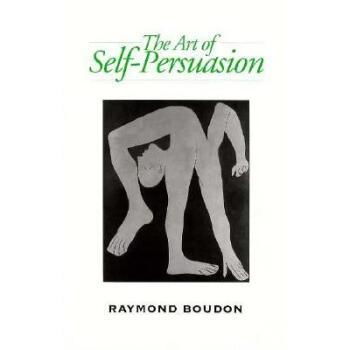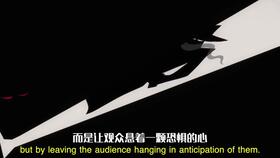Content:
In the world of angling, the flow of water is often considered a fundamental element for successful fishing. However, there are times when water is still or lacks the usual flow, presenting anglers with unique challenges. Whether you're faced with a pond, a lake, or a river that's temporarily stopped flowing, mastering the art of fishing in such conditions requires a different set of techniques. Here, we delve into the essential strategies to help you land a catch even when water isn't flowing.

Understanding Still Water
The first step in mastering still water fishing is to understand the dynamics of water that isn't moving. In still water, fish may be less active and more cautious, so it's crucial to approach the situation with patience and precision.
Choosing the Right Bait
In still water, the choice of bait can be more critical than in flowing water. Since fish are less likely to move to investigate, your bait needs to be highly attractive and durable. Here are some bait options to consider:
Live Bait: Live bait such as worms, minnows, or leeches can be highly effective in still water. They mimic natural prey and are more likely to attract fish that are less active.
Artificial Lures: Soft plastics, spinnerbaits, and crankbaits can be deadly in still water. The key is to use smaller, more subtle movements to avoid spooking the fish.
Natural Bait: If you're fishing in a pond or lake, natural bait like insects, crustaceans, or even small pieces of fish can be effective.
Adjusting Your Technique
When water isn't flowing, your fishing technique must adapt to the slower pace of the environment. Here are some adjustments to consider:
Longer Casting: Cast your line further out and let it settle before you start reeling. This gives the bait time to reach the bottom and settle naturally.
Patience: Fish in still water may take longer to notice your bait, so be patient and give your bait time to work.
Subtle Movements: Avoid rapid or exaggerated movements. Gently twitch your bait to mimic natural movements.
Bottom Fishing: In still water, fish often stay close to the bottom. Focus on fishing near the bottom with your bait.
Using the Right Equipment
The equipment you use can make a significant difference in still water fishing. Here are some tips:
Lighter Tackle: Use lighter tackle to avoid spooking fish. Lighter lines and rods are less likely to cause disturbances in the water.
Sensitive Reels: A reel with a smooth drag and a sensitive drag system can help you detect subtle bites.
Longer Rods: Longer rods can help you cast further and keep your line away from the shore, reducing the chance of snags.
Reading the Water
Understanding the layout of the water you're fishing can give you a significant advantage. Look for areas where fish might congregate, such as:
Shallow Areas: Fish often seek out shallow areas where they can conserve energy in still water.
Structure: Trees, rocks, and other structures can provide cover and attract fish.
Vegetation: Vegetation can create a habitat for baitfish and insects, which in turn attract larger predators.
Fishing in Rivers with Minimal Flow
Even in rivers with minimal flow, there are still opportunities to catch fish. Here are some specific techniques:
Focus on Edges: Fish often stay near the edges of pools or slow-moving areas where they can conserve energy.
Use a Floating Line: A floating line can help you present your bait at the right depth and can be particularly effective in rivers with a thin water column.
Adjust to the Current: If there is any current, use it to your advantage. Cast into the current and let your bait drift naturally.
Conclusion
Fishing in water that isn't flowing requires a different mindset and set of techniques. By understanding the dynamics of still water, choosing the right bait, adjusting your technique, using the right equipment, and reading the water, you can increase your chances of success. Whether you're targeting fish in a pond, a lake, or a river with minimal flow, these essential techniques will help you master the art of fishing when water isn't moving. Remember, patience and persistence are key, and with the right approach, you'll find that still water can be just as rewarding as flowing water.












